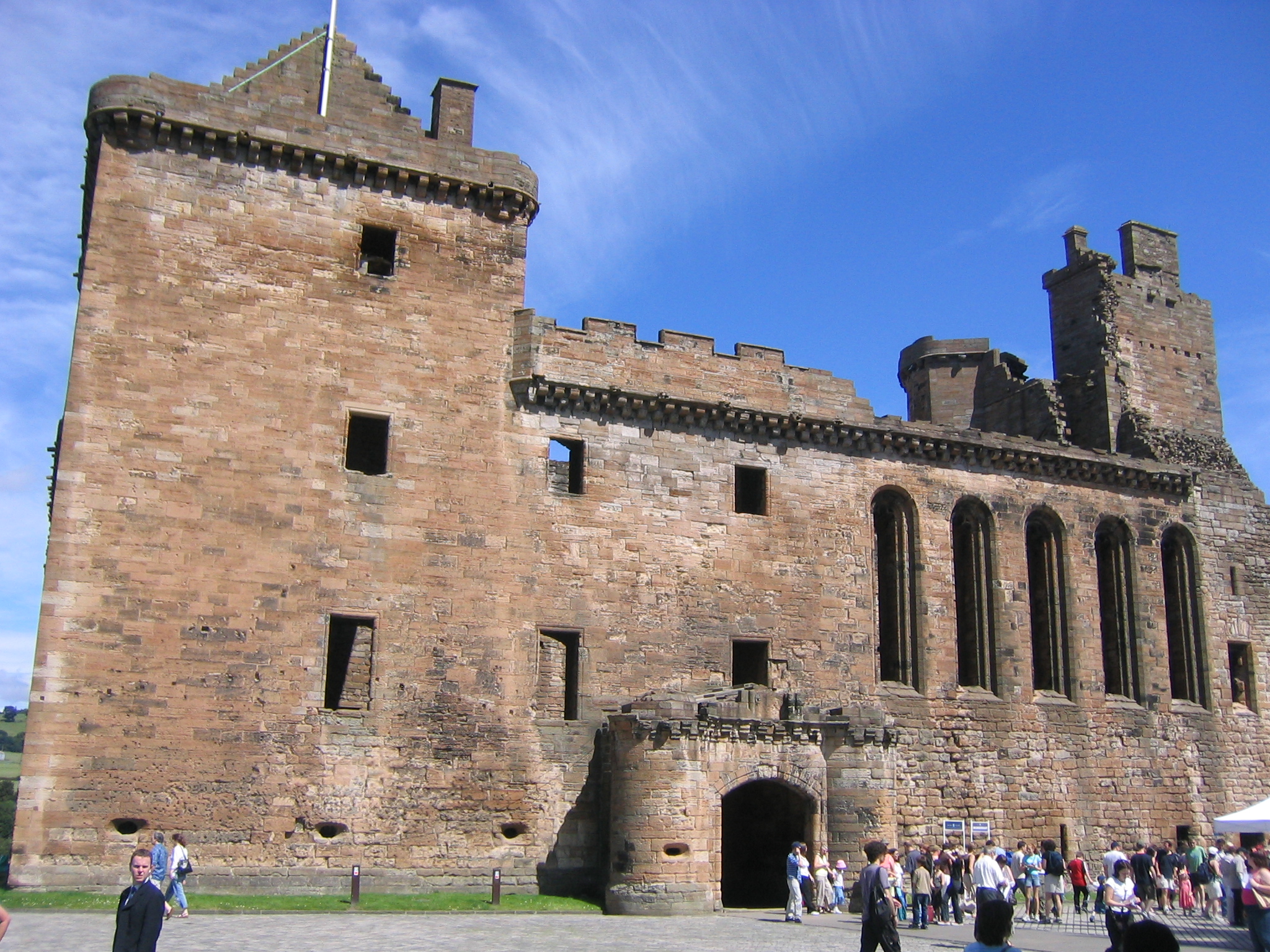|
James IV
James IV (17 March 1473 – 9 September 1513) was King of Scotland from 11 June 1488 until his death at the Battle of Flodden in 1513. He inherited the throne at the age of fifteen on the death of his father, James III, at the Battle of Sauchieburn, following a rebellion in which the younger James was the figurehead of the rebels. James IV is generally regarded as the most successful of the Stewart monarchs. He was responsible for a major expansion of the Scottish royal navy, which included the founding of two royal dockyards and the acquisition or construction of 38 ships, including the ''Michael'', the largest warship of its time.T. Christopher Smout, ''Scotland and the Sea'' (Edinburgh: Rowman and Littlefield, 1992), , p. 45. James was a patron of the arts and took an active interest in the law, literature and science, even personally experimenting in dentistry and bloodletting. With his patronage the printing press came to Scotland, and the Royal College of Surgeons of Ed ... [...More Info...] [...Related Items...] OR: [Wikipedia] [Google] [Baidu] |
James IV Of Majorca
James IV of Majorca, also known as Jaume IV (c. 1336 – 20 January 1375) unsuccessfully claimed the thrones of the Kingdom of Majorca and the Principality of Achaea from 1349 until his death. He was also the king consort of Naples, but was excluded from the government. Early life Born around 1336, James was the son of King James III of Majorca and Constance of Aragon. The Kingdom of Majorca came into being when James the Conqueror, King of Aragon, died on 27 June 1276. He distributed his realms between his two sons, leaving his elder son, Peter III, with Aragon, Catalonia and Valencia, and his younger son, James II, with the Balearic Islands, Montpellier, Roussillon and Cerdanya. Peter III of Aragon and his successors made several attempts to re-unite the lands of the Crown of Aragon under their rule. Peter III demanded an oath of fealty from his brother in 1280; Peter III's elder son, Alfonso III of Aragon, occupied the Balearic Islands in 1287. Alfonso III's brother a ... [...More Info...] [...Related Items...] OR: [Wikipedia] [Google] [Baidu] |
Battle Of Flodden
The Battle of Flodden, Flodden Field, or occasionally Branxton, (Brainston Moor) was a battle fought on 9 September 1513 during the War of the League of Cambrai between the Kingdom of England and the Kingdom of Scotland, resulting in an English victory. The battle was fought near Branxton, Northumberland, Branxton in the county of Northumberland in northern England, between an invading Scots army under King James IV of Scotland, James IV and an English army commanded by the Thomas Howard, 2nd Duke of Norfolk, Earl of Surrey. In terms of troop numbers, it was the largest battle fought between the two kingdoms."The Seventy Greatest Battles of All Time". Published by Thames & Hudson Ltd. 2005. Edited by Jeremy Black. Pages 95 to 97.. After besieging and capturing several English border castles, James encamped his invading army on a commanding hilltop position at Flodden and awaited the English force which had been sent against him, declining a challenge to fight in an open field. Su ... [...More Info...] [...Related Items...] OR: [Wikipedia] [Google] [Baidu] |
Edinburgh Castle
Edinburgh Castle is a historic castle in Edinburgh, Edinburgh, Scotland. It stands on Castle Rock (Edinburgh), Castle Rock, which has been occupied by humans since at least the Iron Age, although the nature of the early settlement is unclear. There has been a royal castle on the rock since at least the reign of David I of Scotland, David I in the 12th century, and the site continued to be a royal residence until 1633. From the 15th century, the castle's residential role declined, and by the 17th century it was principally used as military barracks with a large garrison. Its importance as a part of Scotland's national heritage was recognised increasingly from the early 19th century onwards, and various restoration programmes have been carried out over the past century and a half. As one of the most important strongholds in the Kingdom of Scotland, Edinburgh Castle was involved in many historical conflicts from the Wars of Scottish Independence in the 14th century to the Jacobite ... [...More Info...] [...Related Items...] OR: [Wikipedia] [Google] [Baidu] |
Linlithgow Palace
The ruins of Linlithgow Palace are located in the town of Linlithgow, West Lothian, Scotland, west of Edinburgh. The palace was one of the principal residences of the monarchs of Scotland in the 15th and 16th centuries. Although maintained after Scotland's monarchs left for England in 1603, the palace was little used, and was burned out in 1746. It is now a visitor attraction in the care of Historic Environment Scotland. Origins A royal manor existed on the site from the 12th century. This was enclosed by a timber palisade and outer fosse to create a fortification known as 'the Peel', built in 1301/2 by occupying English forces under Edward I to designs by James of Saint George. The site of the manor made it an ideal military base for securing the supply routes between Edinburgh Castle and Stirling Castle. The English fort was begun in March 1302 under the supervision of two priests, Richard de Wynepol and Henry de Graundeston. The architect, Master James of St Georg ... [...More Info...] [...Related Items...] OR: [Wikipedia] [Google] [Baidu] |



